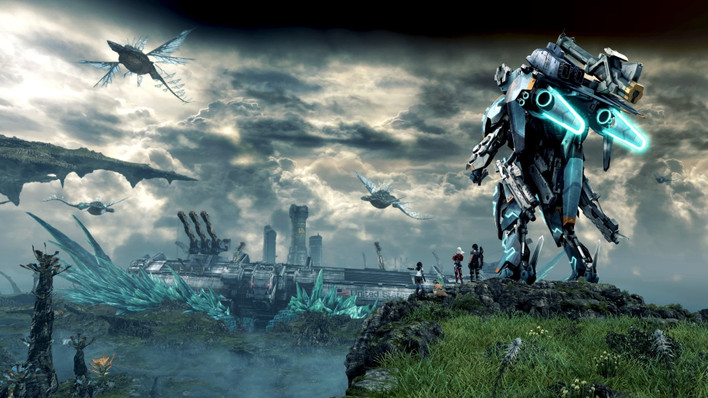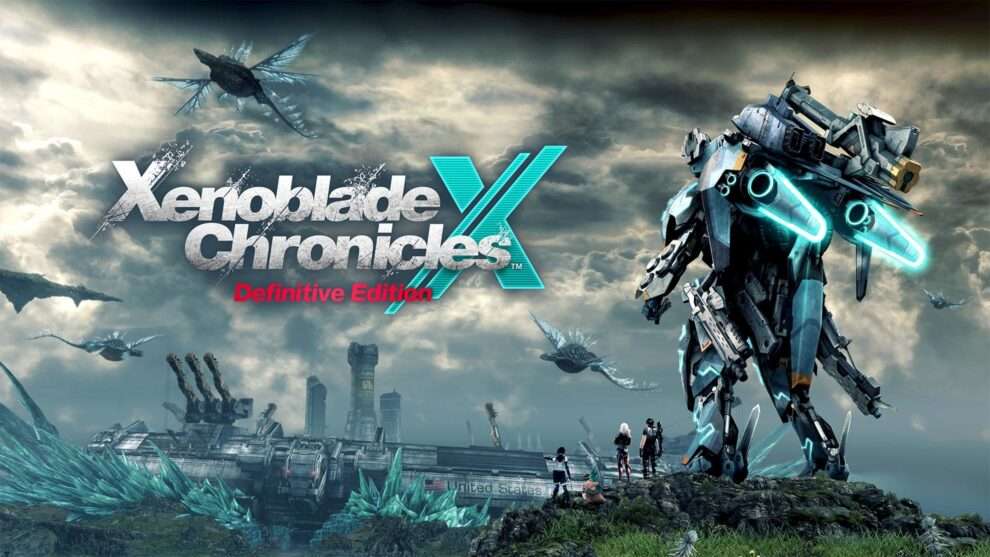The gaming community has been buzzing since the surprise release of Xenoblade Chronicles X: Definitive Edition on Nintendo Switch last month. Now, the respected technical analysts at Digital Foundry have delivered their comprehensive breakdown of how this enhanced version compares to the original Wii U release—and the results showcase some remarkable improvements that go far beyond a simple resolution bump.
A Long-Awaited Return to Mira
Originally launched in 2015 as a Wii U exclusive, Xenoblade Chronicles X stood out as one of that console’s most ambitious titles. Its massive open world, deep customization systems, and unique mech combat made it a cult classic, though its potential was somewhat limited by the Wii U’s hardware constraints. The new Definitive Edition gives Monolith Soft’s sci-fi epic the treatment it deserves, with Digital Foundry’s analysis revealing substantial upgrades in multiple key areas.
The most immediately noticeable improvement comes in resolution. While the Wii U version struggled to maintain 720p and often dipped below that, the Switch version delivers a crisp 1080p resolution in docked mode and 720p in handheld—both with far more stable performance. According to Digital Foundry’s frame-rate tests, the game now maintains a near-perfect 30fps in most scenarios, a significant upgrade from the frequent drops seen on Wii U.
Beyond Pixels: The Subtle Enhancements That Matter
What makes Digital Foundry’s analysis particularly fascinating is their examination of less obvious but equally important improvements. The team discovered that Monolith Soft didn’t simply port the game—they went back to enhance numerous technical aspects that affect the overall experience.
Texture quality has seen one of the most dramatic overhauls. The Wii U’s limited memory often forced the original game to use lower-resolution textures, especially for environmental details. The Switch version not only uses higher-quality textures throughout but implements them more efficiently, eliminating the “pop-in” issues that occasionally marred the original’s expansive vistas.
Lighting and shadow rendering have also received attention. Digital Foundry’s side-by-side comparisons show more dynamic ambient occlusion, improved shadow resolution, and better-quality global illumination. These changes might not jump out at casual observers, but they combine to create a more cohesive and immersive world—crucial for a game so focused on exploration.

Quality-of-Life Improvements and Content Tweaks
Beyond pure technical enhancements, Digital Foundry highlights several smart adjustments that modernize the experience. The game’s controversial touchscreen-dependent menus—originally designed for the Wii U GamePad—have been completely reworked for traditional controls. Load times, which could stretch to nearly a minute in the original, now average just 15-20 seconds thanks to the Switch’s superior storage architecture.
Perhaps most surprisingly, the analysis reveals that Monolith Soft went back to tweak some of the game’s geometry and environmental assets. Certain rocky outcrops and terrain features that appeared jagged or simplistic on Wii U now show more natural shaping and detail. While the core art direction remains unchanged, these subtle refinements help the alien world of Mira feel more polished and believable.
Digital Foundry’s conclusion is unequivocal: this is how you remaster a game. Unlike some quick-and-dirty ports that simply increase resolution and call it a day, Xenoblade Chronicles X: Definitive Edition represents a thoughtful, comprehensive enhancement that addresses nearly all the technical limitations of the original while preserving what made it special.
For fans who missed the Wii U original or those looking to revisit Mira with improved visuals and performance, this version appears to be the ideal way to experience one of the most ambitious RPGs of its generation. As Digital Foundry notes in their analysis, the care put into this remaster bodes well for future Monolith Soft projects—and sets a high bar for how older games should be brought to modern platforms.
With these technical improvements now thoroughly documented, the only remaining question is whether this successful re-release might convince Nintendo and Monolith Soft to finally greenlight that long-rumored sequel fans have been hoping for since 2015.
















Add Comment